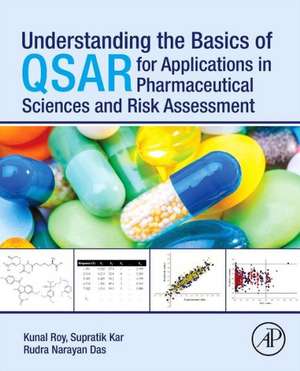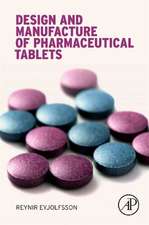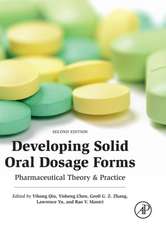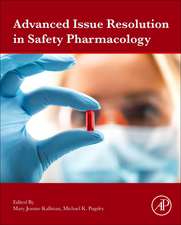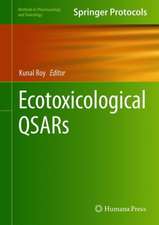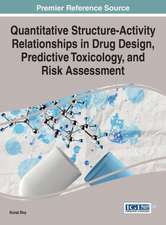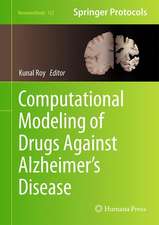Understanding the Basics of QSAR for Applications in Pharmaceutical Sciences and Risk Assessment
Autor Kunal Roy, Supratik Kar, Rudra Narayan Dasen Limba Engleză Paperback – 2 mar 2015
- Includes numerous practical examples related to QSAR methods and applications
- Follows the Organization for Economic Co-operation and Development principles for QSAR model development
- Discusses related techniques such as structure-based design and the combination of structure- and ligand-based design tools
Preț: 492.47 lei
Preț vechi: 535.31 lei
-8% Nou
Puncte Express: 739
Preț estimativ în valută:
94.24€ • 100.77$ • 78.57£
94.24€ • 100.77$ • 78.57£
Carte tipărită la comandă
Livrare economică 10-24 aprilie
Preluare comenzi: 021 569.72.76
Specificații
ISBN-13: 9780128015056
ISBN-10: 0128015055
Pagini: 484
Dimensiuni: 191 x 235 x 25 mm
Greutate: 0.84 kg
Editura: ELSEVIER SCIENCE
ISBN-10: 0128015055
Pagini: 484
Dimensiuni: 191 x 235 x 25 mm
Greutate: 0.84 kg
Editura: ELSEVIER SCIENCE
Public țintă
New researchers, professors and graduate students across the pharmaceutical sciences (including pharmacology, toxicology and medicinal chemistry); secondary audience of regulatory officials and risk assessors in toxicology and environmental healthCuprins
Chapter 1: Background of QSAR and Historical developmentsChapter 2: Chemical information and DescriptorsChapter 3: Classical QSARChapter 4: Topological QSARChapter 5: Computational chemistryChapter 6: Selected Statistical methods in QSARChapter 7: Validation of QSAR modelsChapter 8: Introduction to 3D-QSARChapter 9: Newer QSAR techniquesChapter 10: Other related techniquesChapter 11: Future avenues
Recenzii
"... a handy reference for beginners in this field. Score: 62 - 2 Stars" --Doody's
